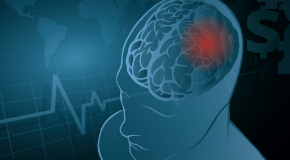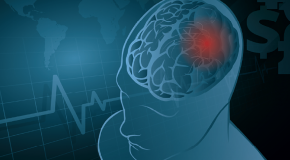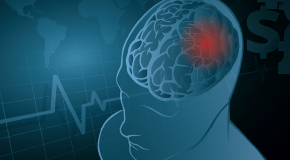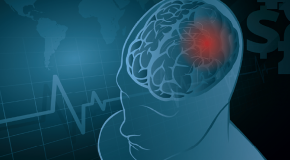The socioeconomic burden of stroke looks set to become increasingly heavy on high-income as well as on low- and middle-income countries in the decades ahead. The prevalence of stroke is likely to continue to rise, leading to further costs, including direct costs (such as healthcare) and indirect costs (such as lost productivity due to absenteeism from the workplace or presenteeism).
This report, based on in-depth interviews with nine experts on stroke from around the globe, assesses current developments and the economic burden of stroke across the regions of the world. It also presents examples of effective policy responses to stroke, including measures aimed at prevention, treatment and rehabilitation. Finally, this report assesses what policymakers and medical practitioners need to do if the burden of stroke is to be eased. The main findings of the research are presented below.
Low- and middle-income countries are particularly at risk from the rising cost burden of stroke in the coming decades. The prevalence of stroke in high-income countries is rising as populations age. Meanwhile, in low- and middle-income countries the Westernisation of diets and lifestyles, coupled with rising levels of obesity and diabetes, represents a significant risk factor for stroke.
Policymakers’ efforts to tackle stroke appear to have been particularly effective in the areas of prevention and the organisation of stroke care. Experts describe improvements in primary and secondary stroke prevention as paramount in tackling the disease. Not least, medical practitioners are better able to control blood pressure, high cholesterol levels and diabetes today than in the past, while lifestyles are improving in many high-income countries.
If UN and World Health Organisation (WHO) targets aimed at reducing non-communicable diseases including stroke are to be met, policymakers must take urgent action. There is scope to improve education around the risk factors for stroke and the recognition of stroke. Improved medical data and better management of existing medical conditions may help. New technology has a role to play too, as does improved access to healthcare and medication.









